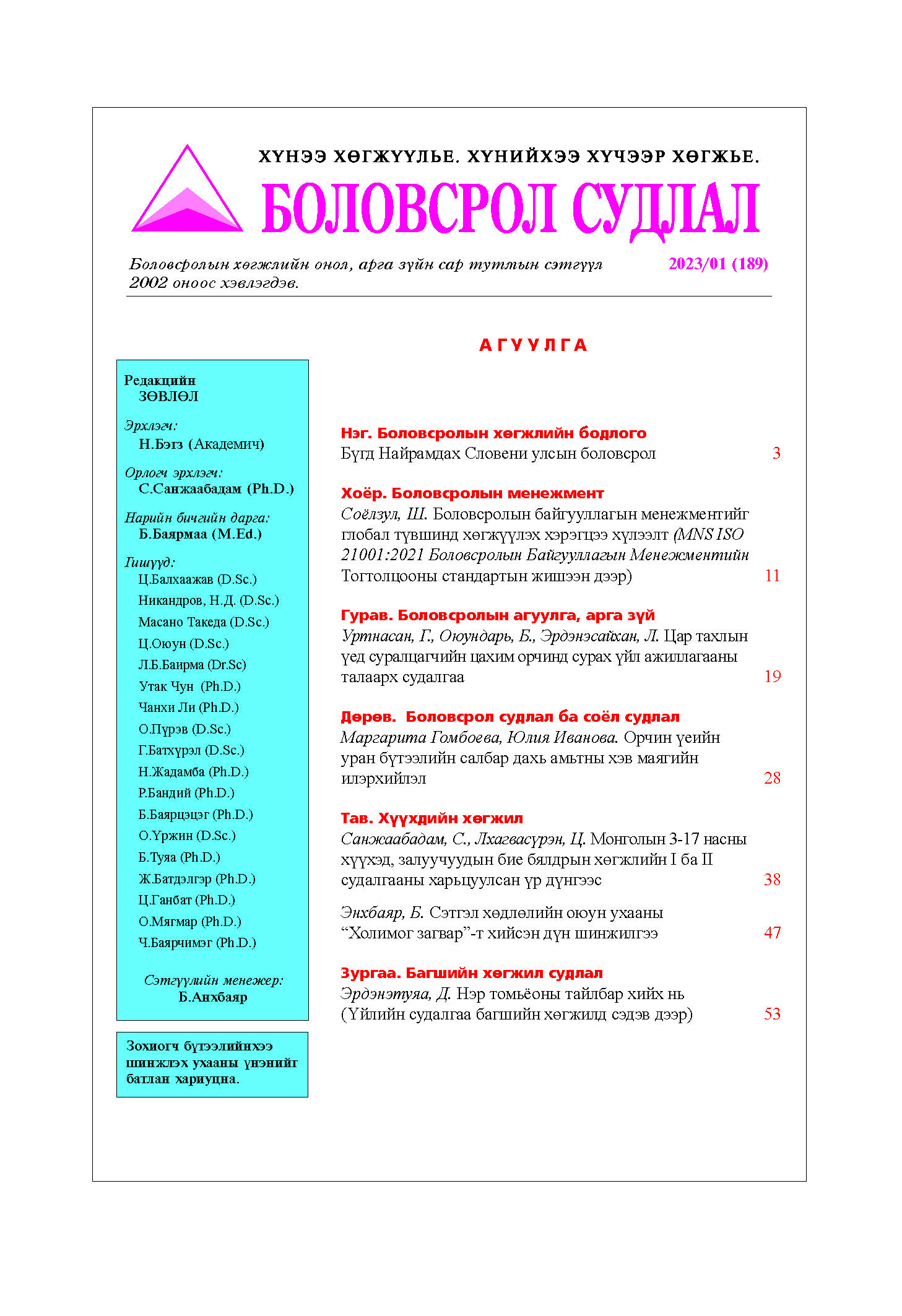THE REPRESENTATIONS OF ANIMALISTIC STYLEIN CONTEMPORARY CREATIVE INDUSTRIES
Keywords:
stylistic development type, animalistic style as a code of artistic culture, artistic paradigm of animalistic style, ethnic artistic traditionAbstract
The beginning of the 21st century is marked by the global demand for innovative creative industries, based on unique authorship, experience and personal talent. This article explores the author's style formation on the basis of creative interpretation of Old Turkic (Scythian, Central Asian) menagerie, widely represented in the artistic heritage of the region. The incorporation of the animalistic style of ancient civilizations into creative practices of contemporary artists is accompanied by a deep philosophical, artistic, technical and technological reworking of the traditional code of artistic culture. The article conceptualizes three types of artistic continuity:
the craftsmen type that reproduces the Mongolian craftsmen canon; the cultural institutions that convert the craft heritage into the contemporary creative industries and the rare type of craftsmen-artists who synthesize both approaches, rethinking the canon, traditional techniques and technology of working with traditional materials. All three types are represented by different systems of styling, the core of which is the animalistic style. Contemporary artisans Zhigzhit Bayaskhalanov and Dashi Namdakov create unique artistic images and metaphors, use innovative ways of shaping, and apply illogical, provocative and asymmetrical compositional solutions, transforming regional artistic traditions into leading global trends. The success of this experience is caused by socio-cultural, institutional factors (education, ethnicity, social origin from the rural handicrafts circle), ethno-cultural background (craft heritage, the presence of family art collaboration).
References
Scythian and Siberian Animal Style // "Historical Encyclopaedia of Siberia" (2009)
http://irkipedia.ru/content/skifo_sibirskiy_zverinyy_stil_istoricheskaya_enciklopediya_sibiri_2009
Shchipkov A.V. The Concept of "Code" in the Framework of Modern Civilization Approach // Voprosy philosofii. 2018. no. 7. // URL:
http://vphil.ru/index.php?option=com_content&task=view&id=2006&Itemid=52.
Kononchuk D.V., Yachin S.E. Cultural paradigm: the experience of conceptual understanding // Oikumena. 2012. no. 2. P. 7-13. P.8.
Kantorovich A.R. Syncretic Images in East European Scythian Animal Style: Statistical Indicators and Basic Iconographic Trends // "Historical Journal: Scientific Research" 2014. no. 3. p. 285-306. p. 286.
Kantorovich A. R. Image-narrative repertoire of East European Scythian animal style: principles and results of classification and coding) // Antiquities. Researches. Problems. Collected Articles in Honour of 70th Anniversary of N. Telnov. Series: "Library "Stratum" Edited by V. Sinica and R. Rabinovitch. Chisinau-Tiraspol: Publisher: Periodicals "Stratum plus". 2018. P. 195-222.
Kantorovich A.R. The Images of Syncretic Beings in the East European Scythian Animal Style: Classification, Typology, Chronology, and Iconographic Dynamics // Historical Studies. Journal of the Faculty of History, Lomonosov Moscow State University Number: 2 (3) Year: 2015. P. 113-218. P. 115 // https://www.elibrary.ru/download/elibrary_32410417_13003060.pdf.
Scythian and Siberian menagerie // The Historical Encyclopaedia of Siberia (2009) // http://irkipedia.ru/content/skifo_sibirskiy_zverinyy_stil_istoricheskaya_enciklopediya_sibiri_200K nife «The Crow" // URL: https://www.zhigzhit.com/katalog/avtorskie-nozhi/"voron".-avtorskayaanimalistika-v-nozhax.html.
"Windstorm" | "Blizzard" // URL: https://www.zhigzhit.com/katalog/bronzovyieskulpturyi/windstorm-metel.html.
V.V. Bychkov. On Spirituality in Art // Voprosy philosophii. 2018. no. 5. P. 76-87. // URL: http://vphil.ru/index.php?option=com_content&task=view&id=1948&Itemid=52.
Liao is the deputy chairman of the khoshun. Interview given by M. Gomboeva on 8 January 2019. Zanabazar Gombodorzhin (Undur Gegen) (1635-1723), descendant of Genghis Khan, the master of art casting, jewellery art and national painting, the political and religious figure of medieval Mongolia. Interview with Zh. Bayaskhalanov. 8 January 2019. Halut city. ARIM.


